A loyal and cheerful breed, very friendly and can double as a hunting companion

King Charles Spaniel Spotlight
- Fairly new to the U.S.
- Very popular
- Enjoys cuddling
- Gentle and endearing
- Very playful
- A friend to everyone they meet
- Great for apartment dwellers
- Excellent with kids and toddlers
History
Spaniel-type dogs have been around for quite some time. The King Charles Spaniel as we know it today was almost lost in the early 1900s when many variations of small Spaniels existed and it became difficult to find a King Charles Spaniel with the features the breed was once associated with.
An American gentleman named Roswell Eldridge showed interest in King Charles Spaniels of the “old” type in the 1920s and encouraged breeders to bring back this particular type of spaniel. The gentleman offered a reward for the best male and female presented at Crufts each year that resembled the “old” type that Mr. Eldridge so desired and the result was a renewed interest in the breeding of the classic King Charles Spaniel.
The King Charles Spaniel rose to popularity when it became the beloved companion breed of King Charles II. The breed is also associated with the popular American television show “Sex and the City” in which one of the main characters, Charlotte, had a pet King Charles Spaniel named Elizabeth Taylor.
The King Charles Spaniel is fairly new to the U.S. - in fact, it did not arrive until 1952. Due to the low number of King Charles Spaniels that originally existed within the U.S., the breed was slow in gaining recognition and was not officially recognized by the American Kennel Club until 1995. In terms of popularity, however, the breed caught on fairly quickly. The King Charles Spaniel currently ranks as the 19th most popular dog breed on the AKC’s list.
Personality & Temperament
King Charles Spaniels are one of the friendliest breeds of them all. They will want to greet and receive affection from anyone they cross paths with, although this is only true of those that are properly socialized.
Their gentle nature and endearing personalities make them a wonderful family companion. They are also great with other dogs if they spend time around other animals at a young age. They are easy to train but may require extra practice and patience.
King Charles Spaniels are prone to developing small dog syndrome due to their small size. Excessive barking, separation anxiety and food and resource aggression are all characteristics that are associated with small dog syndrome.
However, these characteristics and many other undesirable behaviors can be avoided when King Charles Spaniels have owners who are able to lead and train with a firm, confident hand and tone.
Appearance & Grooming
The King Charles Spaniel is an elegant, graceful breed. The head is proportional to the rest of the dog’s body and the face gives off a gentle and endearing expression. The dark eyes are large and round but are not more commanding than any other feature.
The ears are set high without being too close together. They are feathered and long, drooping down to well below the dog’s jaw. The neck is long but not too thick. The silky coat may have some wavy areas but should never be curly.
In keeping with the breed standard, the King Charles Spaniel’s coat should never be trimmed and should instead always remain natural. Weekly brushing will keep the breed’s coat looking shiny and healthy and will also help to prevent matting. The breed is not very dirty and will only need to be bathed as needed, although regular baths will also prevent matting.
The nails should be trimmed once or twice per month, depending on how quickly they grow, to prevent floors, furniture and people from accidentally getting scratched. The teeth will need to be brushed every other day or every few days to remove tartar buildup and keep their breath smelling fresh.
Health
- Hip dysplasia occurs when the hip joints do not develop the way they are supposed to. It results in gradual deterioration and eventual loss of function the the dog’s hip joints. It is one of the most common bone disorders in dogs and is significantly more common in larger dogs but can be observed in smaller breeds like the King Charles Spaniel. Signs of hip dysplasia include pain, discomfort and less desire to engage in physical activity.
- Patellar luxation or kneecap dislocation is common in many toy and small breeds and is sometimes observed in King Charles Spaniels due to its small size. The dog will only feel pain at the moment the dislocation occurs. Signs that a dog has a dislocated kneecap include lameness, sporadic skipping and irregular movement.
- Keratoconjunctivitis sicca or dry eye syndrome is relatively common in King Charles Spaniels and some other small breeds. Symptoms of dry eye syndrome include frequent blinking, fluid discharge, swelling of tissue around the eye and more, with severe cases of dry eye syndrome resulting in impaired vision or loss of vision altogether.
Exercise & Care
King Charles Spaniels have a medium energy level and require both outdoor exercises, such as on-leash walks and off-leash playtime, and indoor playtime to remain happy, healthy and entertained. The have a moderate prey drive and wanderlust potential, so although they are not highly likely to run off or escape they should still be watched closely when they are outside.
King Charles Spaniels need comfort and stability. With the exception of supervised time spent outdoors, they should always live and sleep indoor with their families. They consider themselves to be part of their families and they should be treated as such.
As for nutritional needs, each individual dog is different and it is recommended that owners work closely with their breeder and veterinarian to determine a feeding routine that meets their dog’s specific needs.
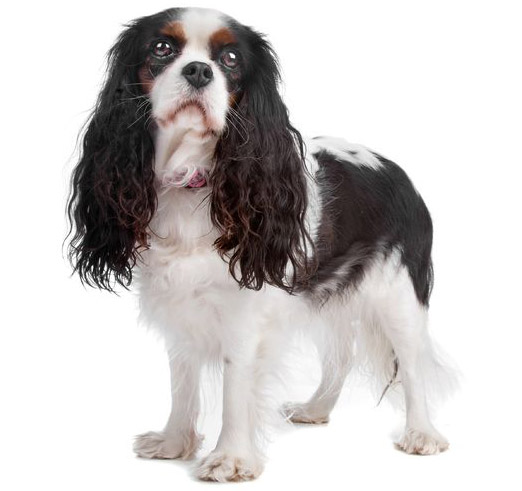
 England
England
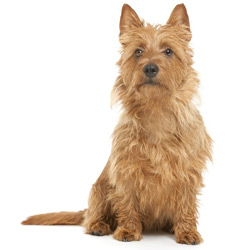
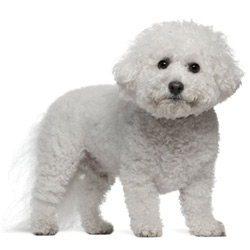
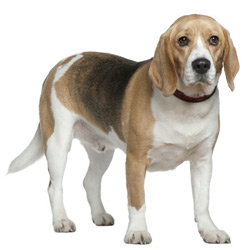
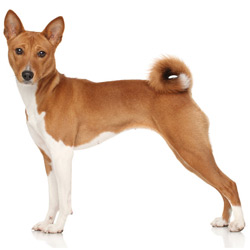
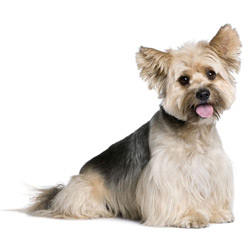
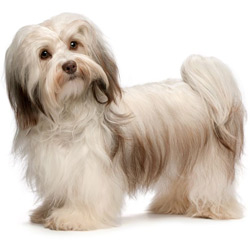
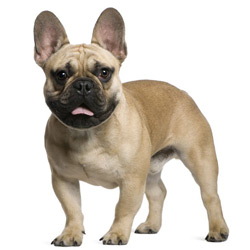
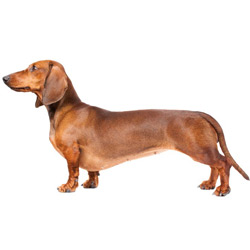
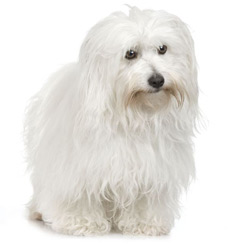
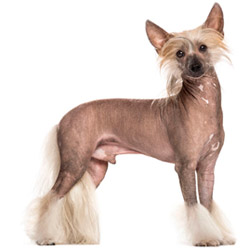
What do you think?